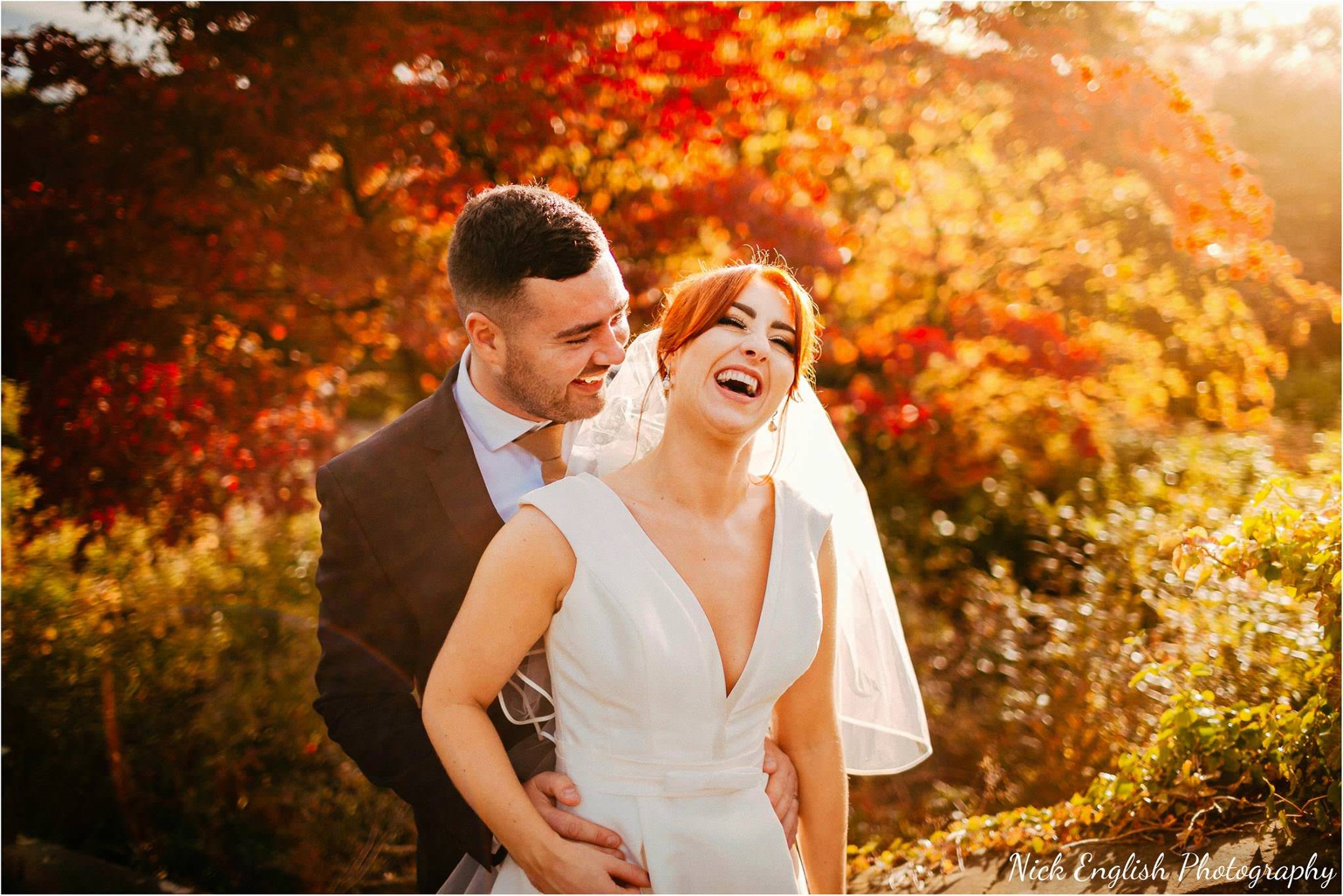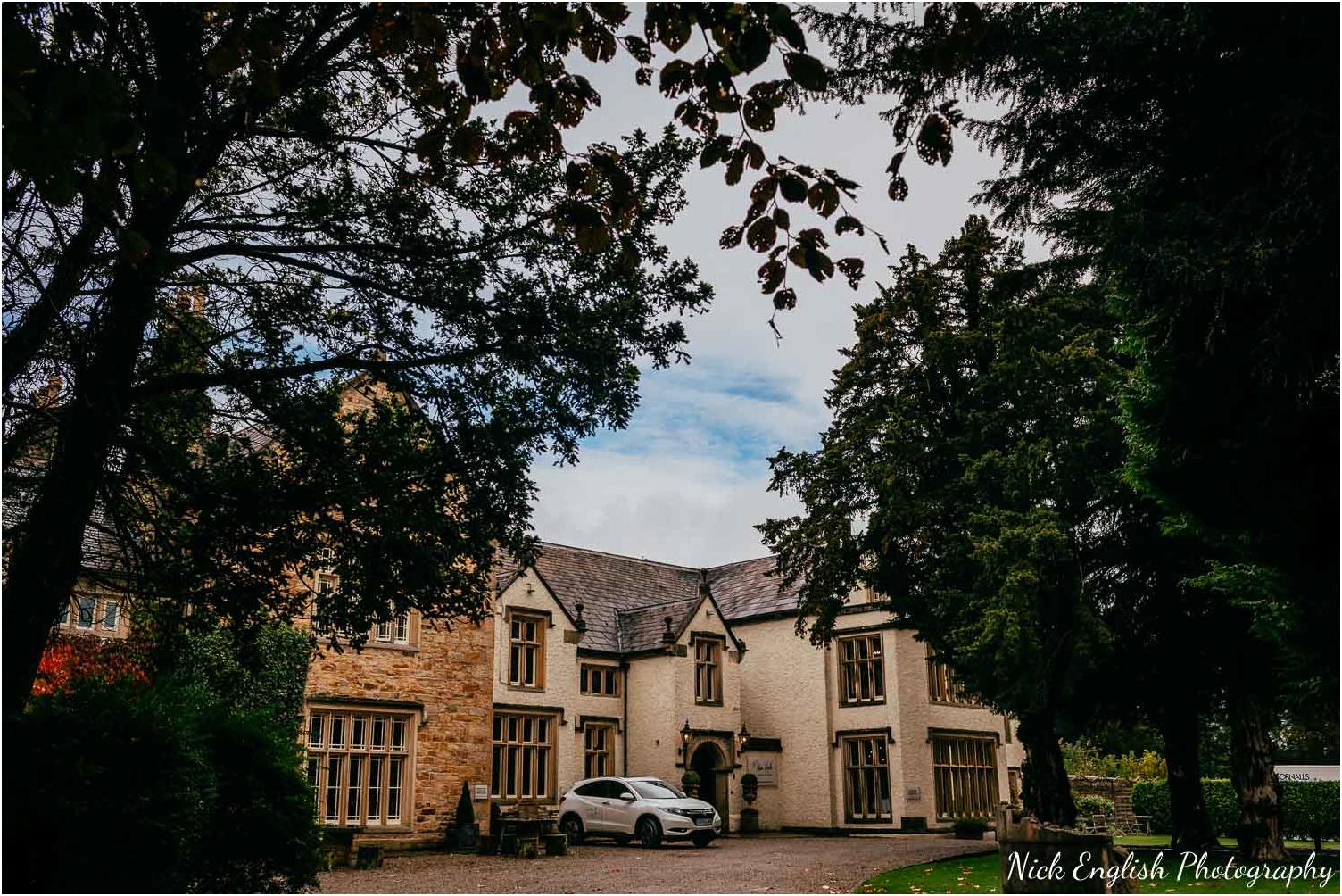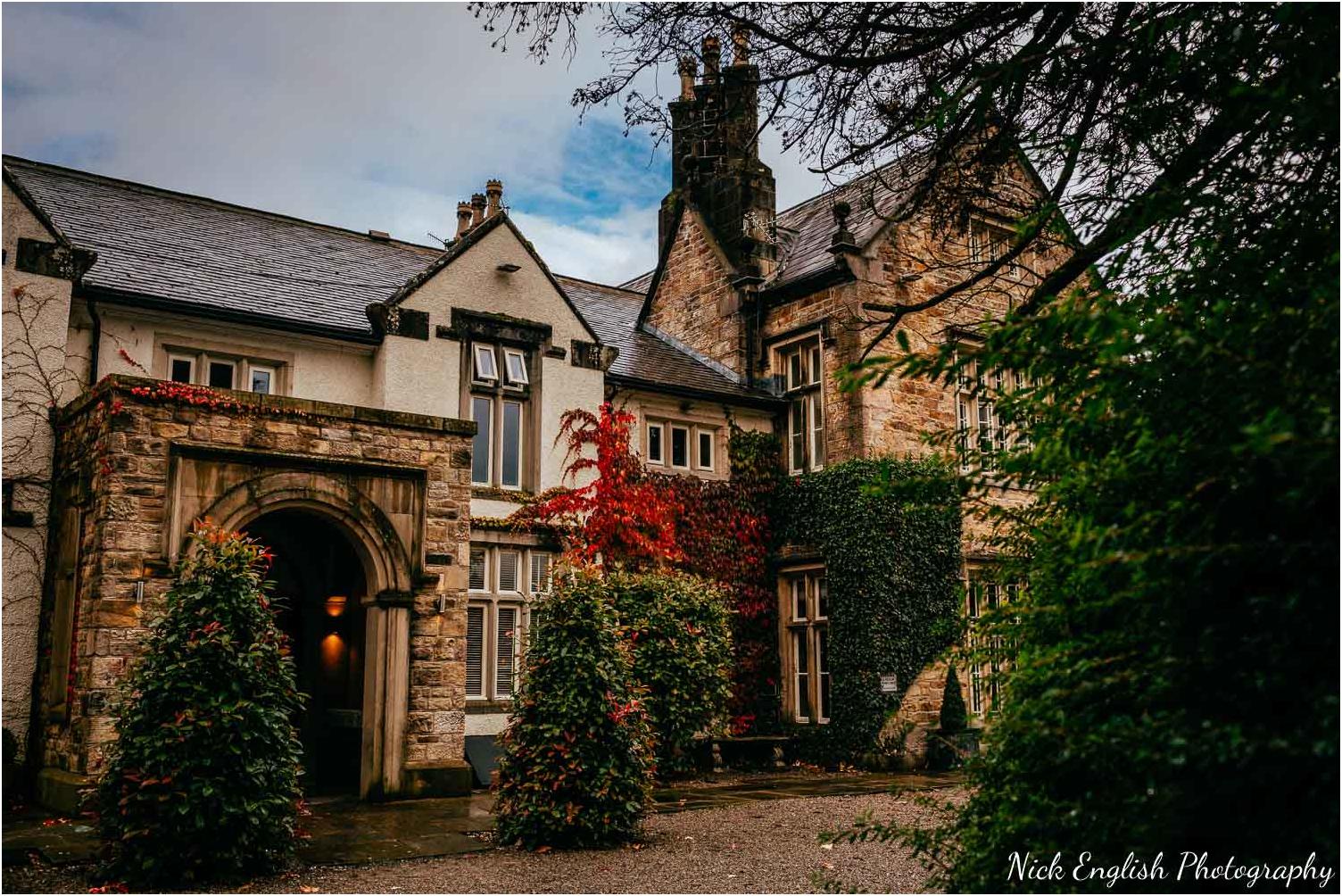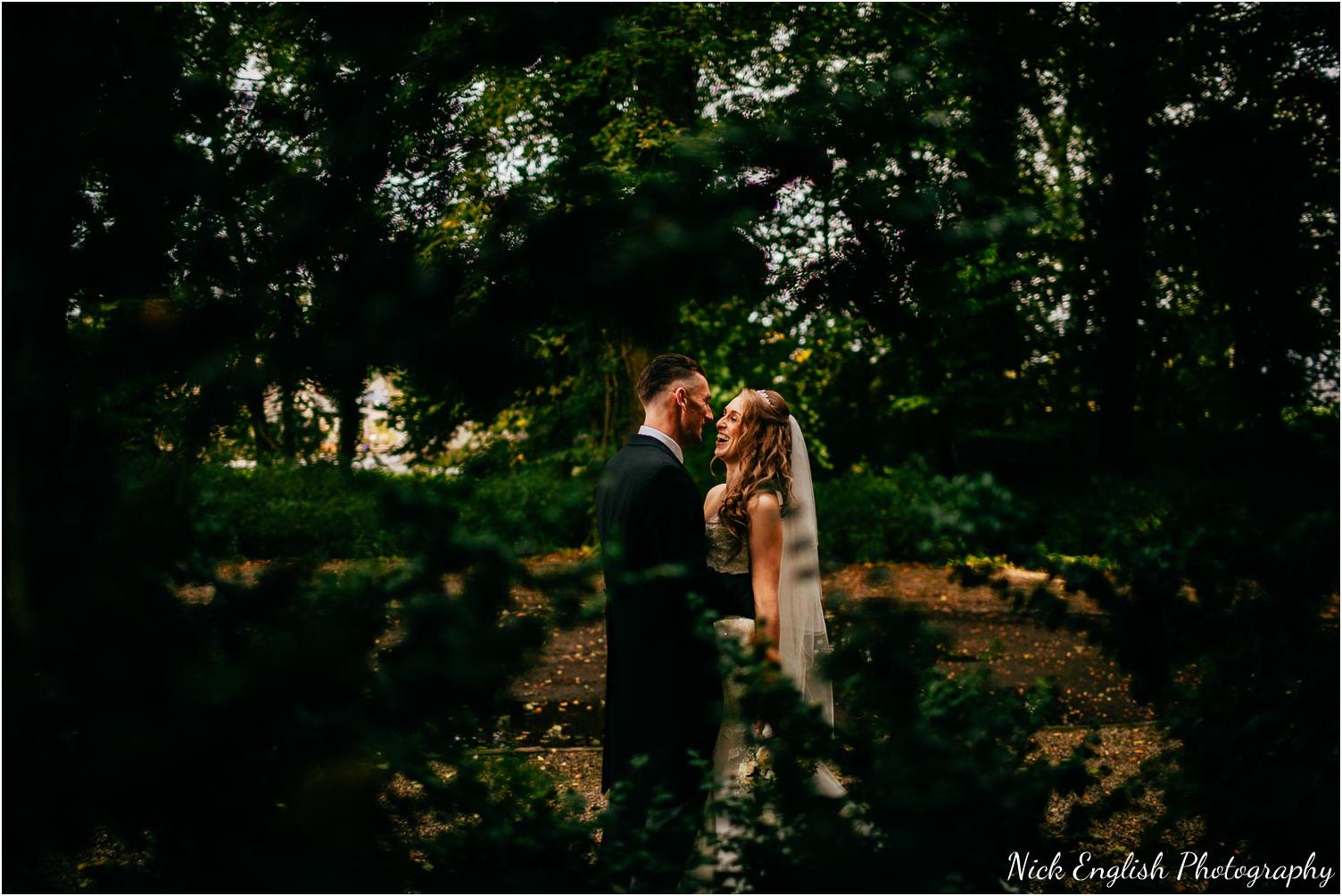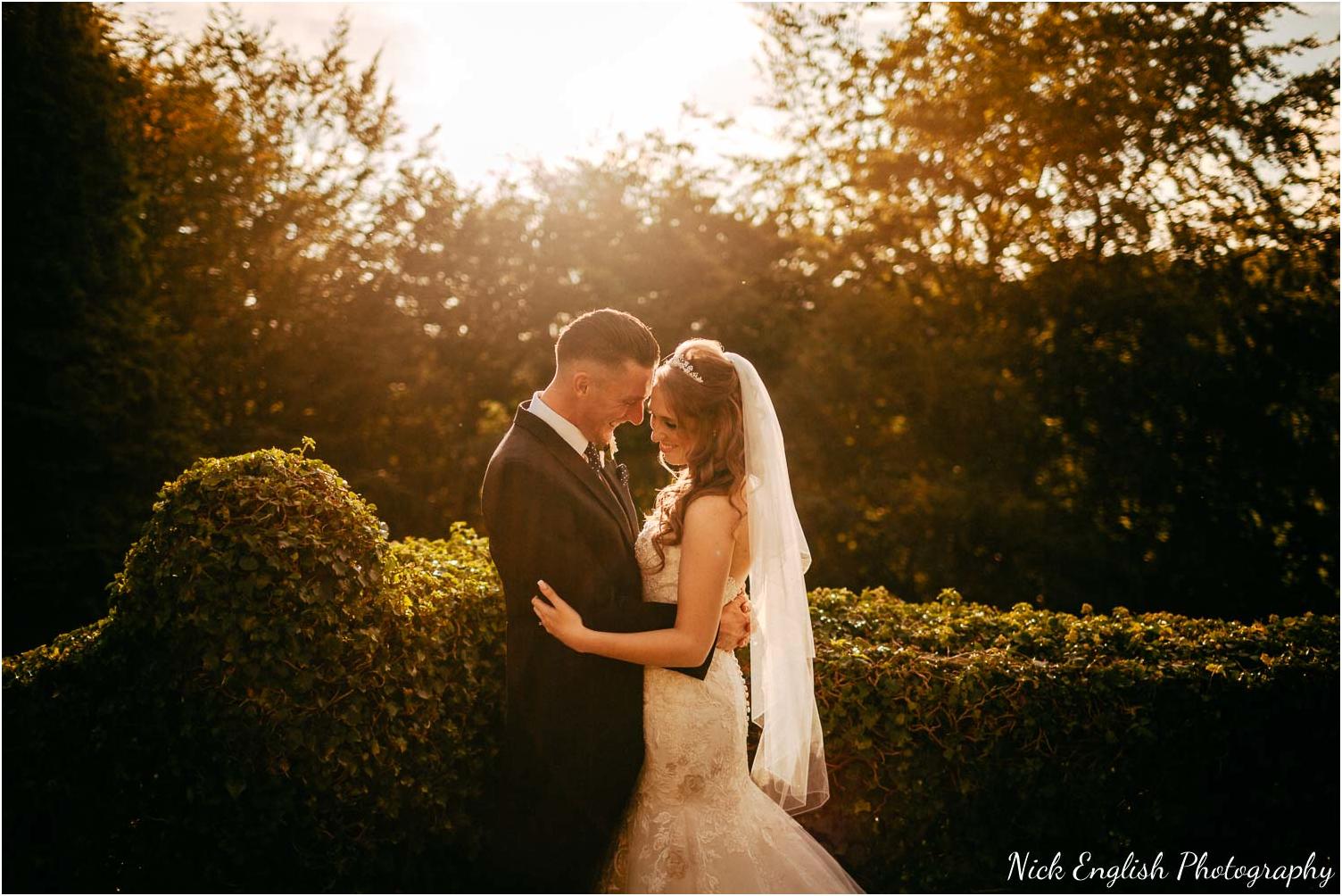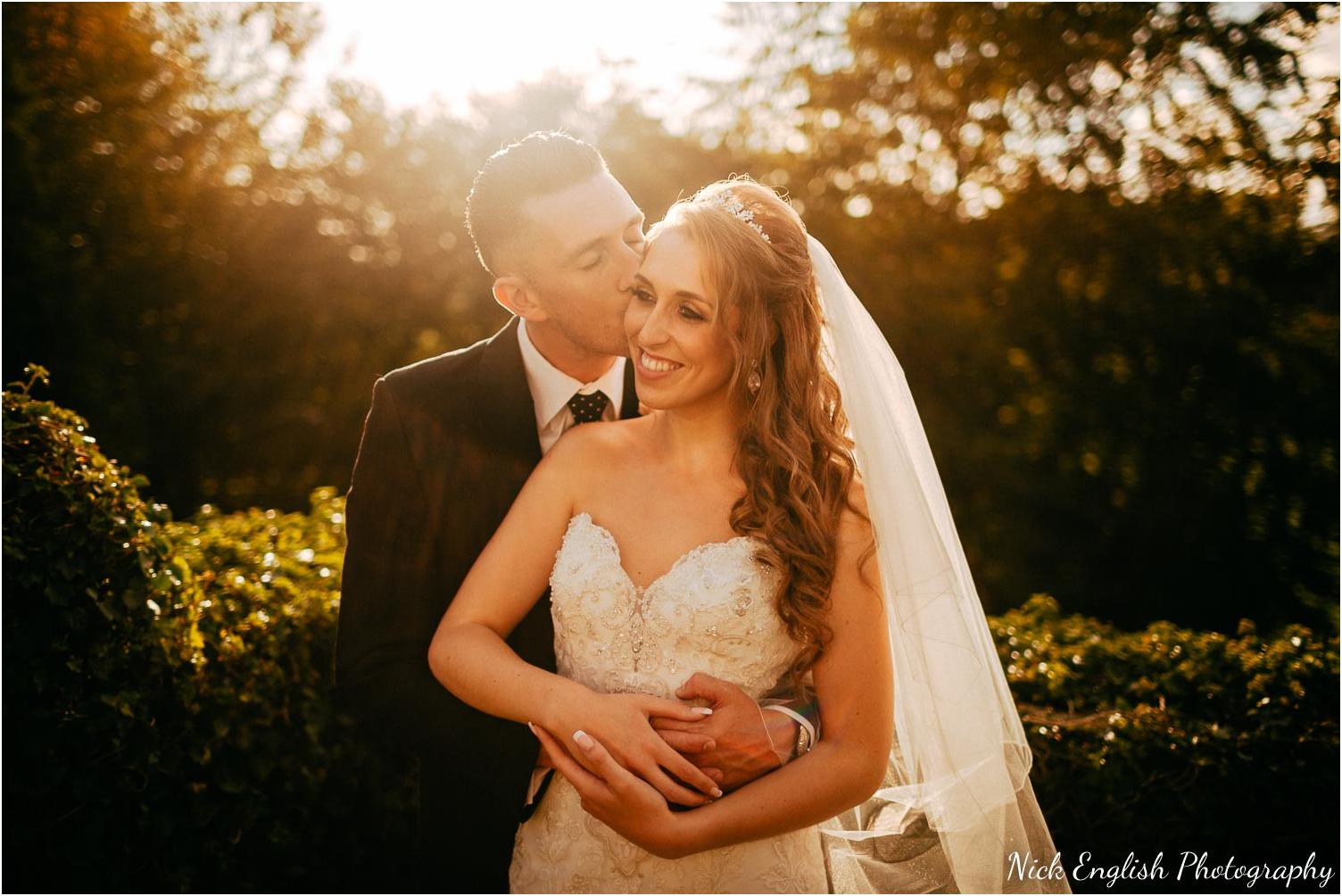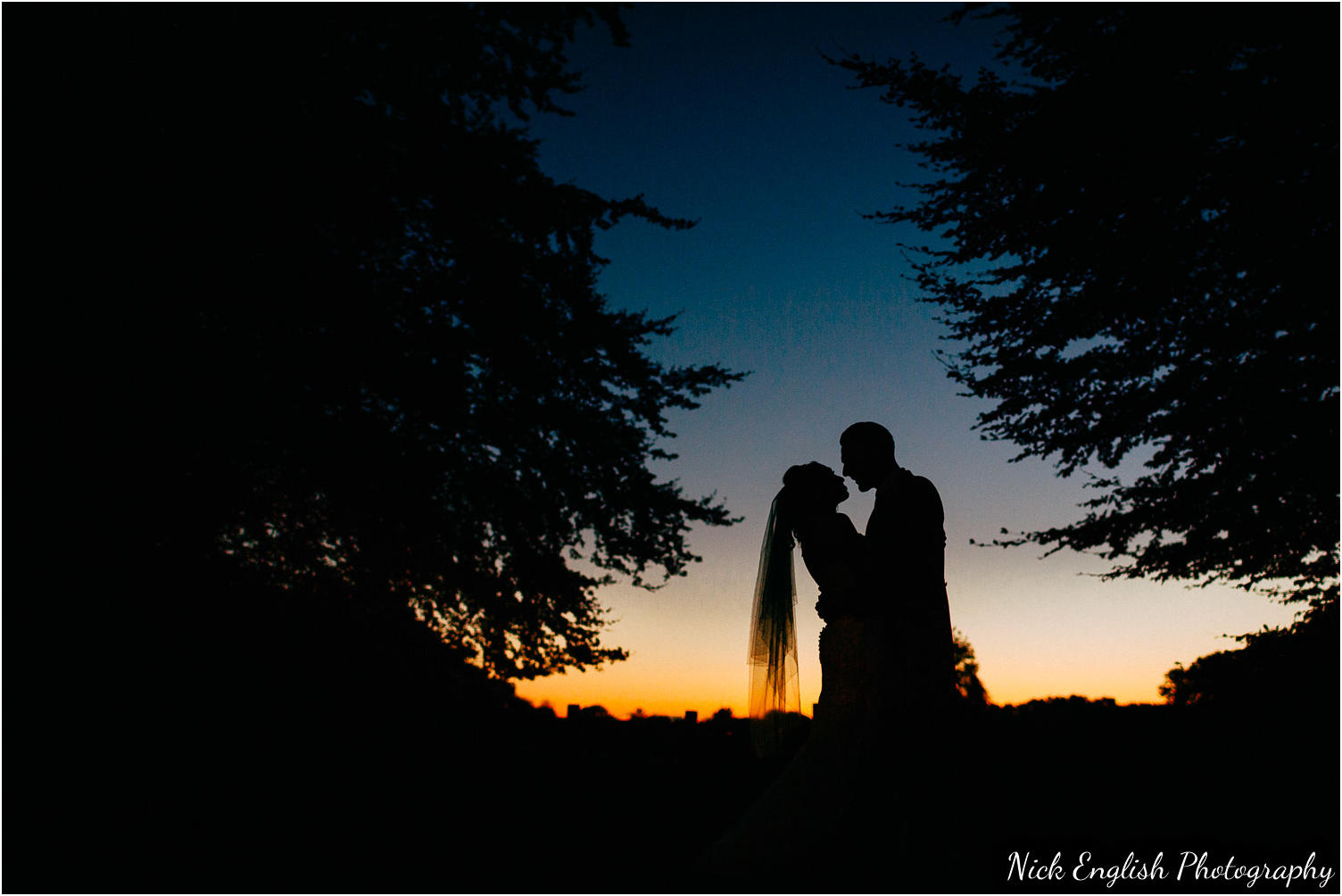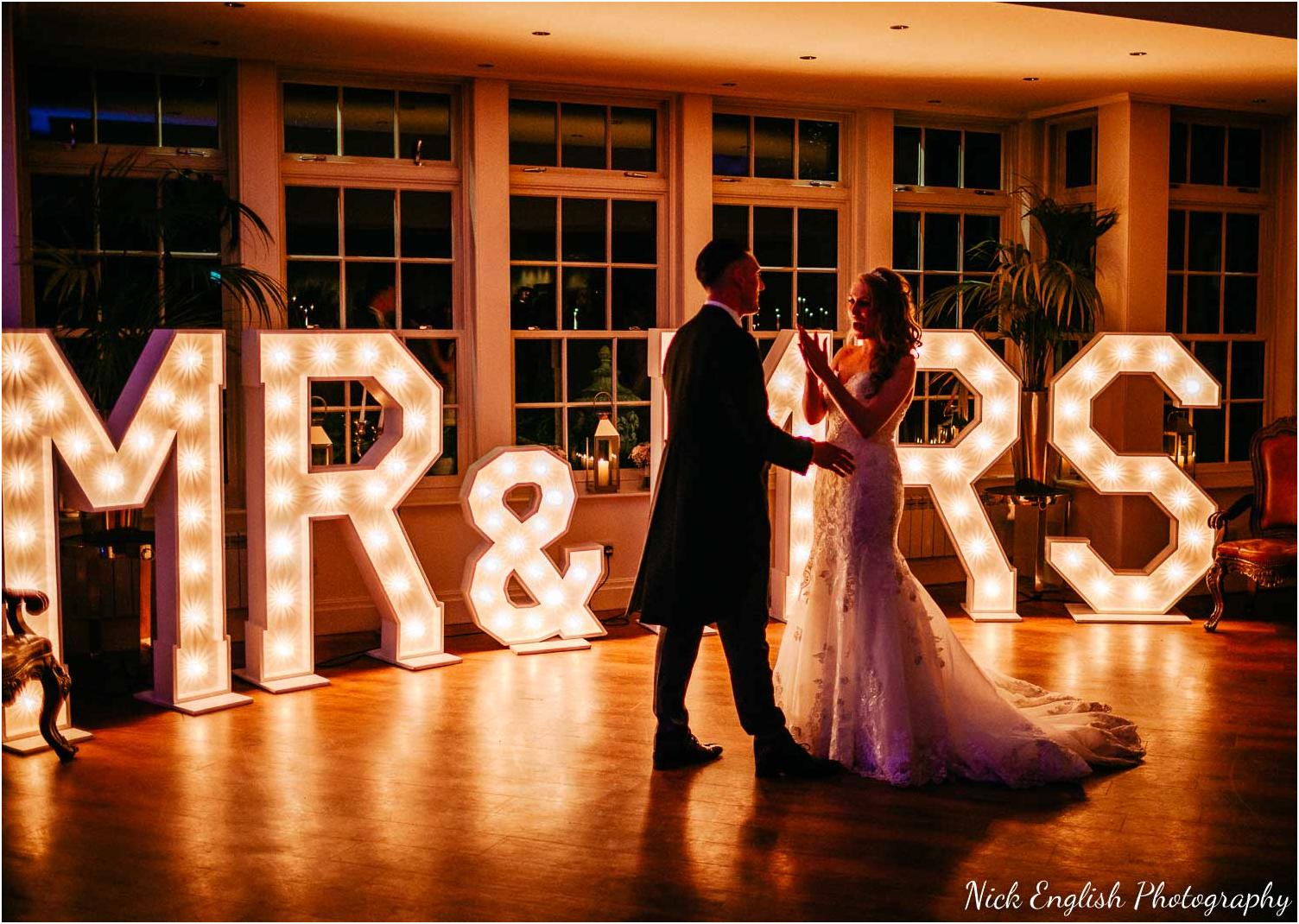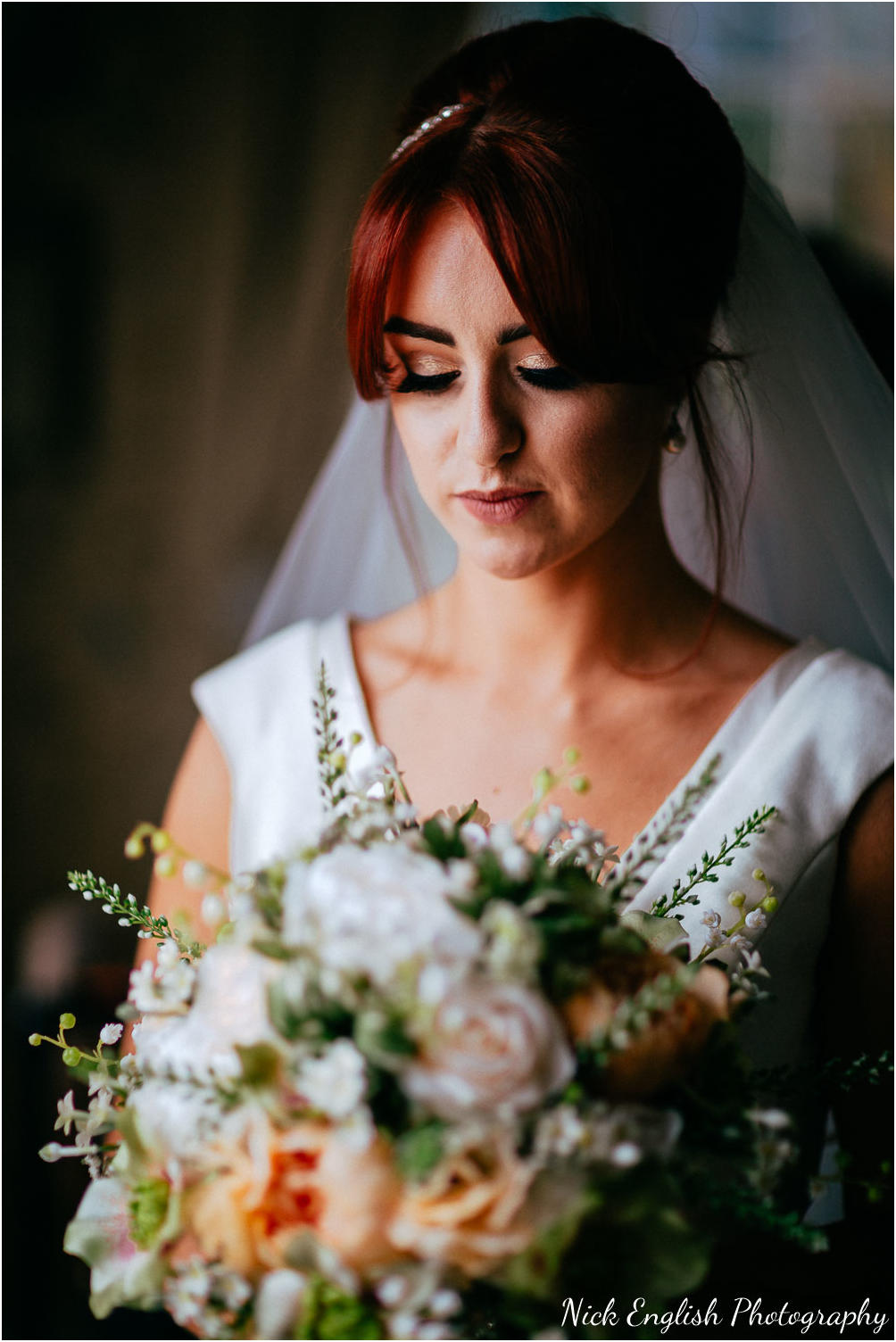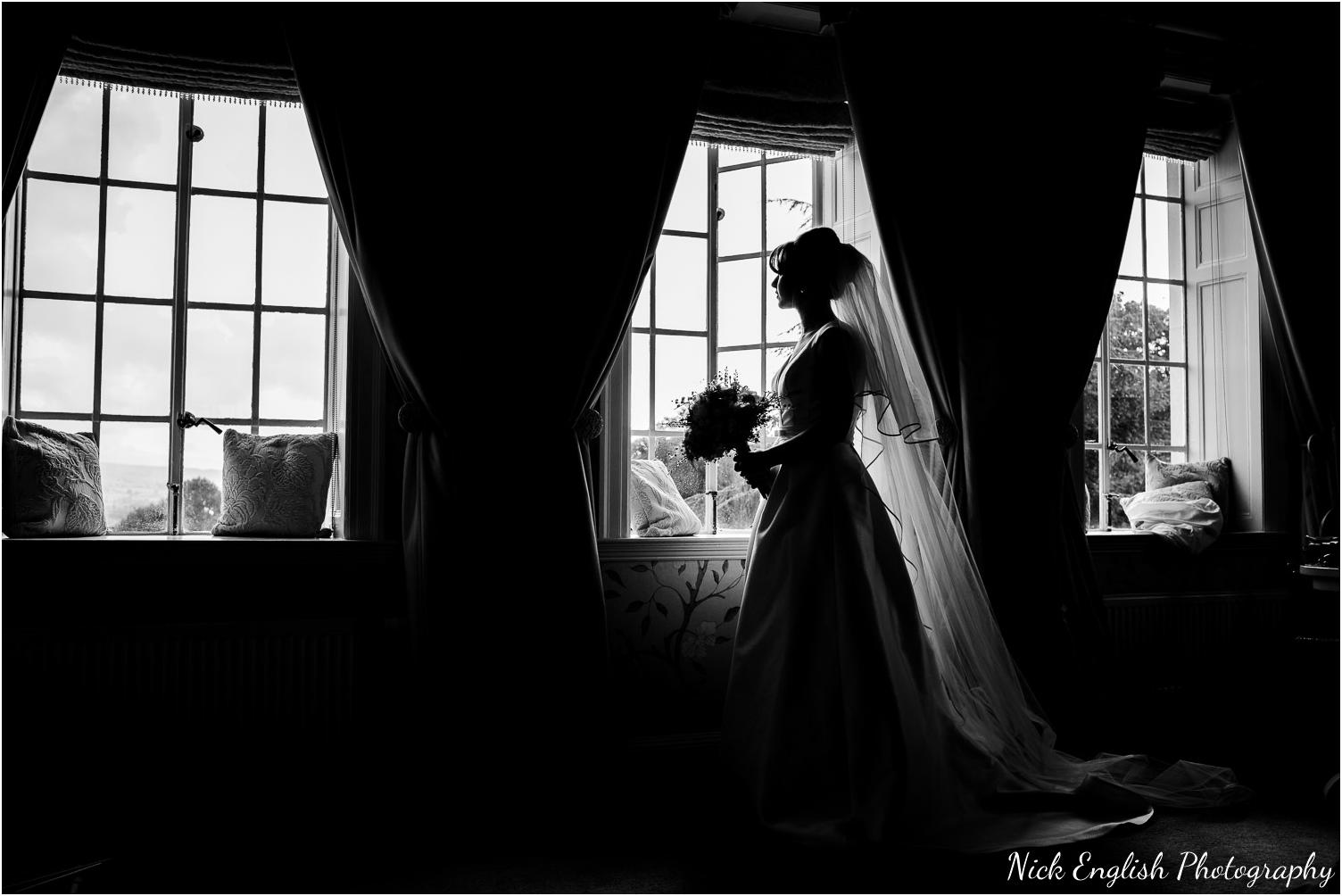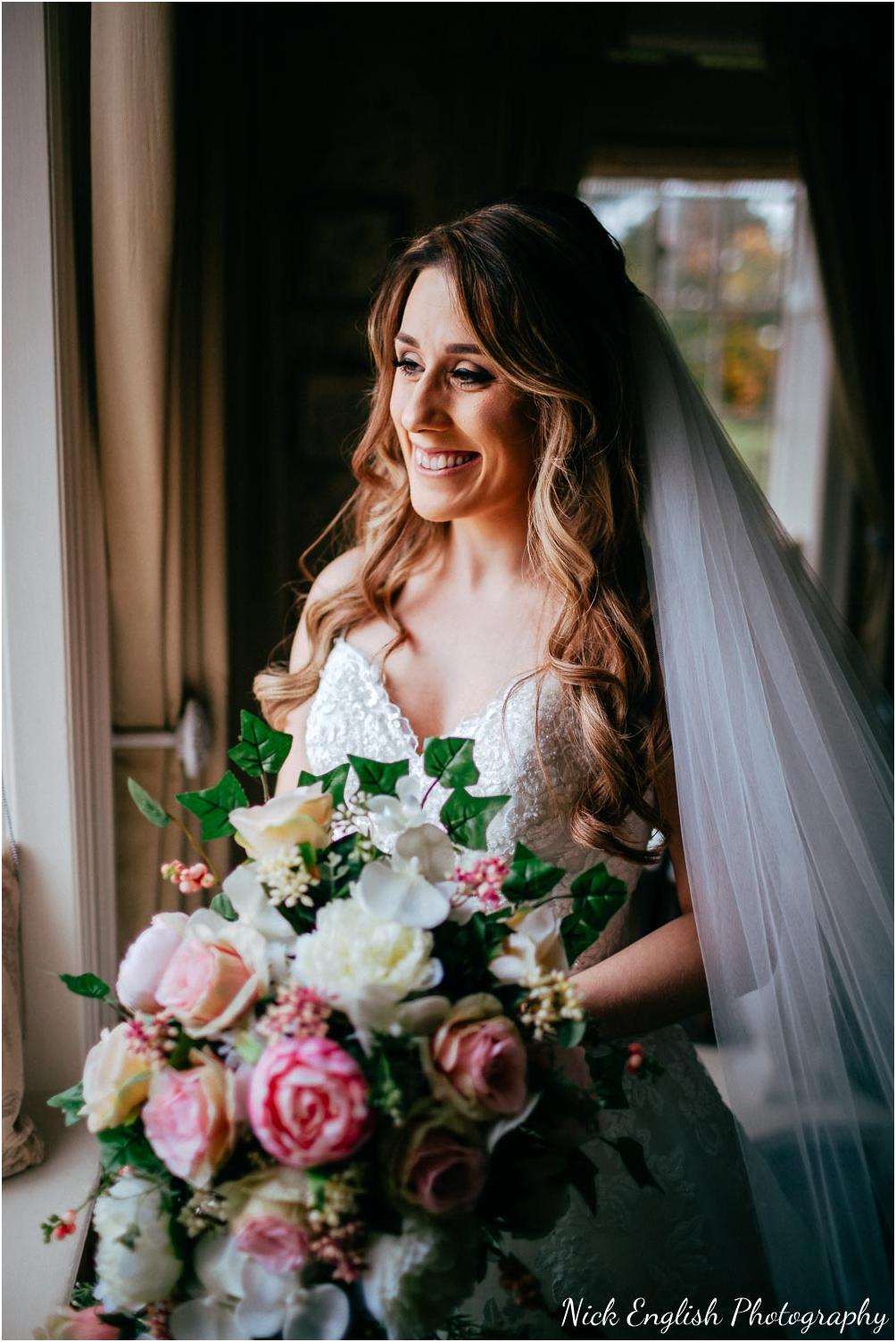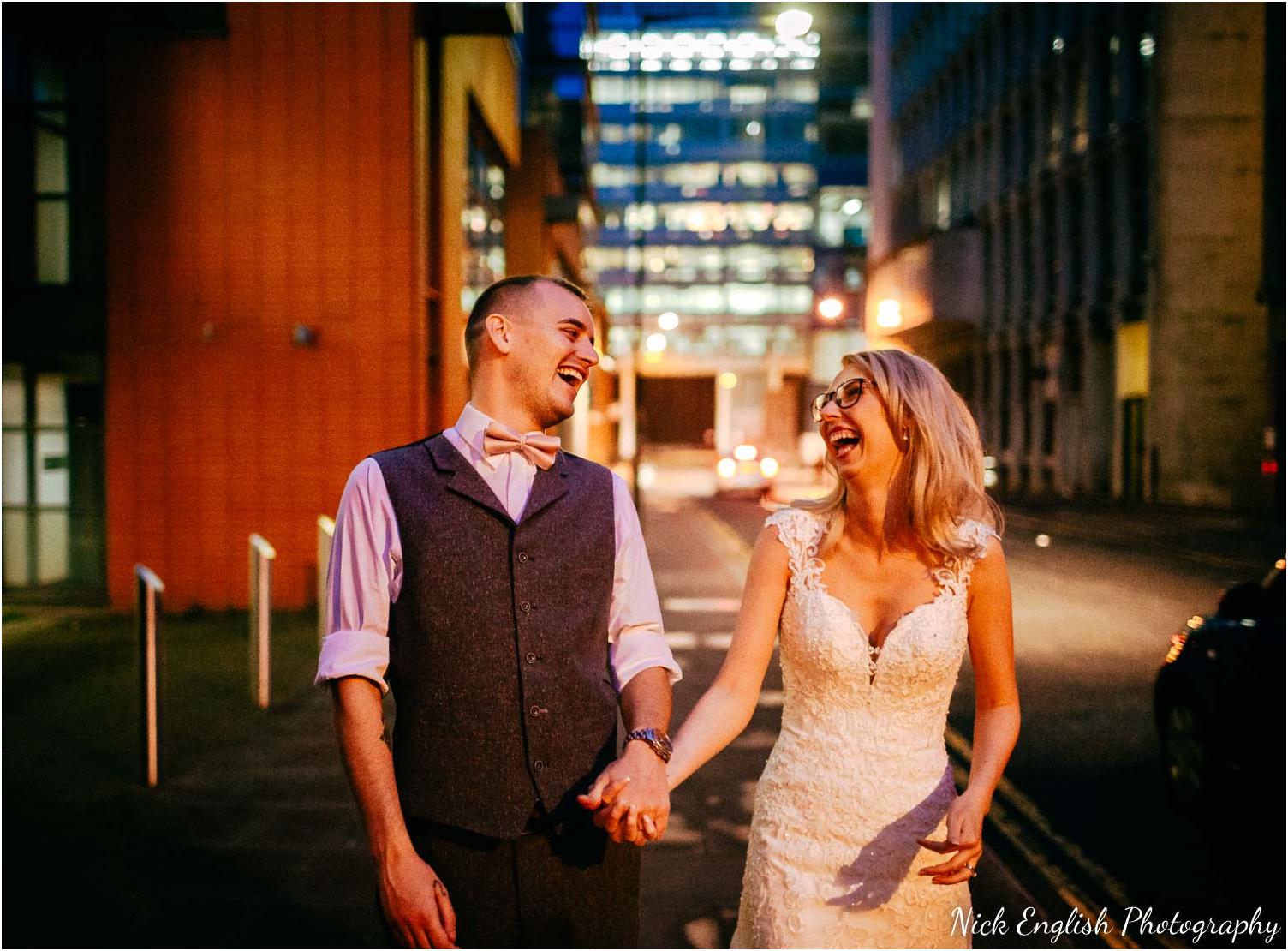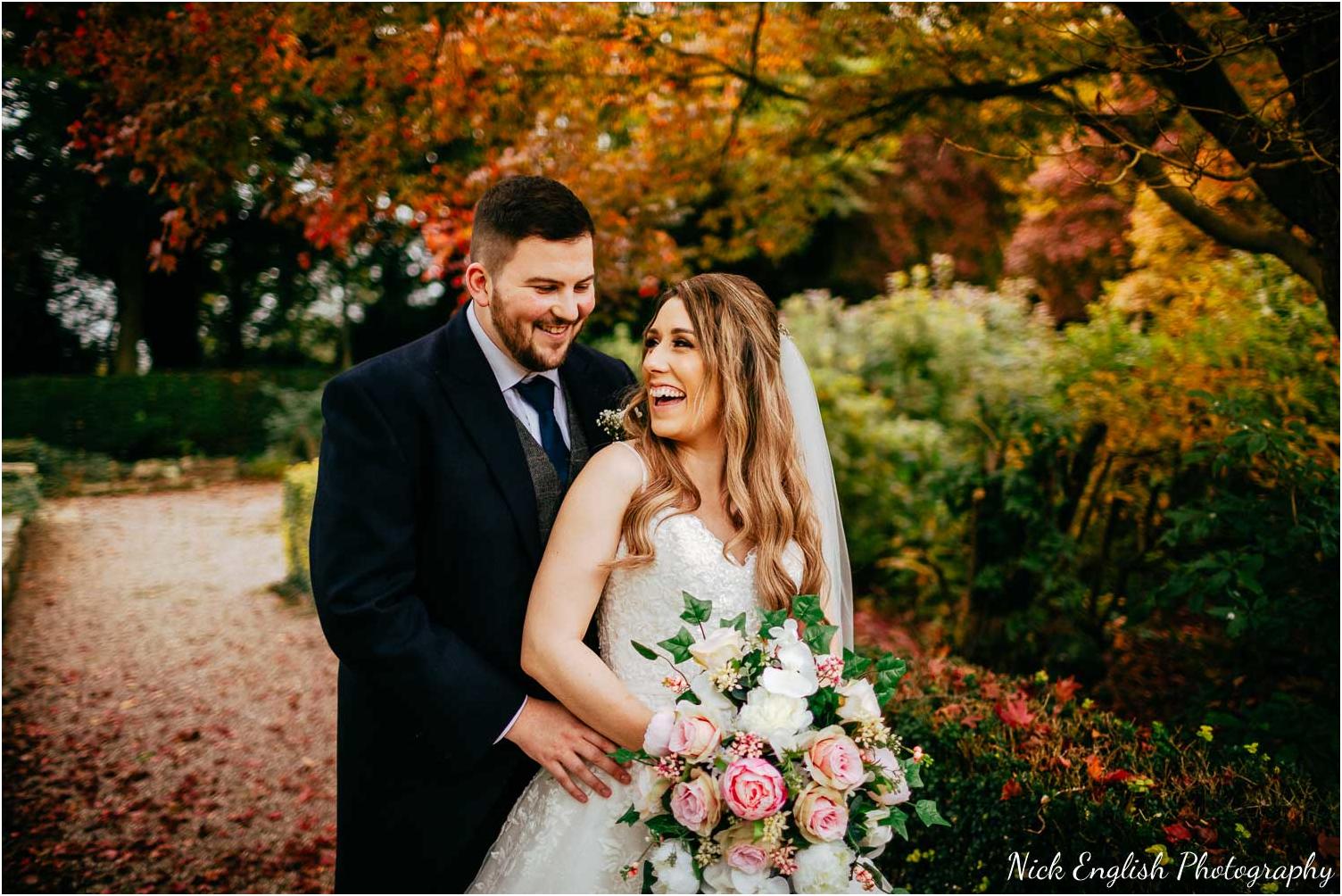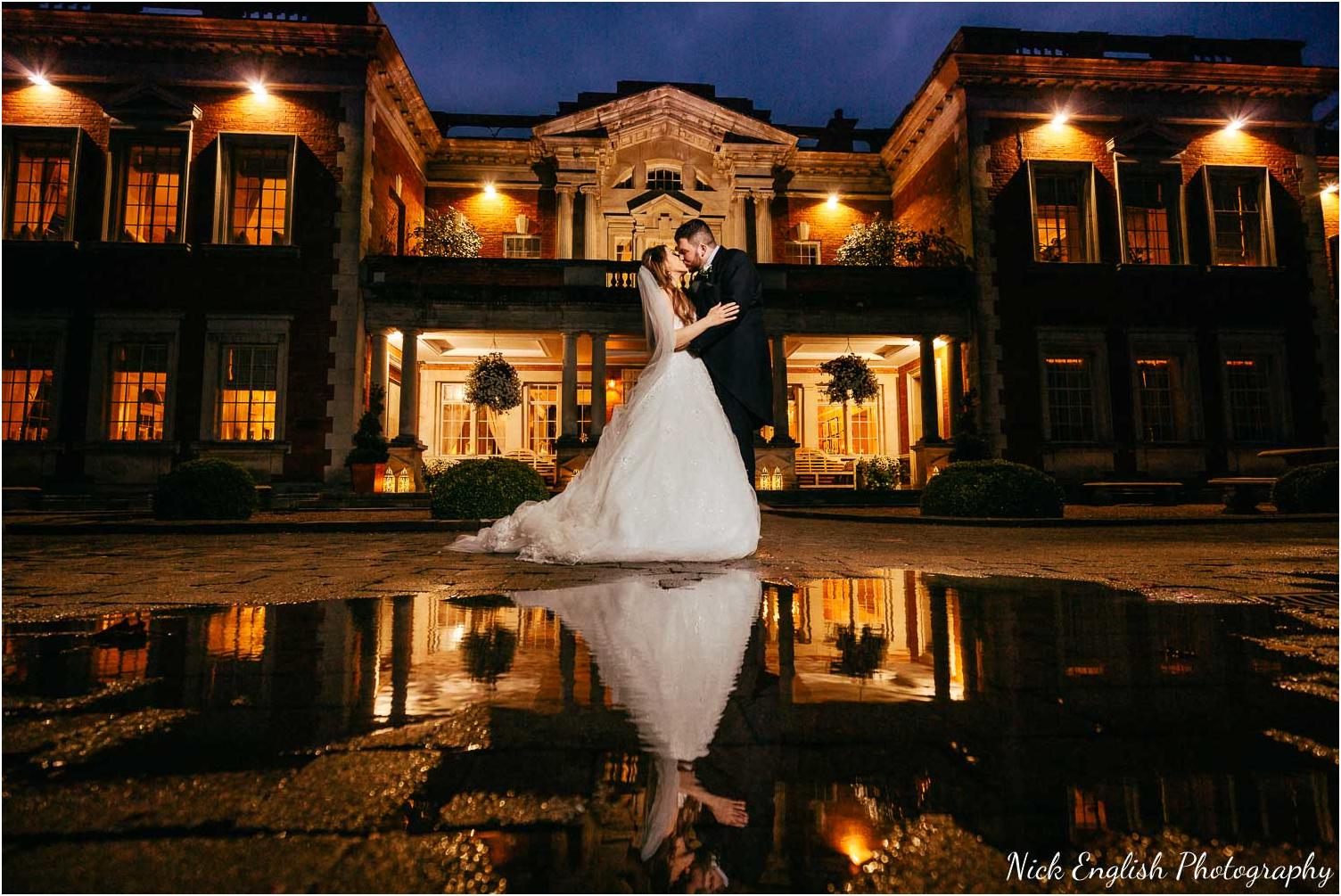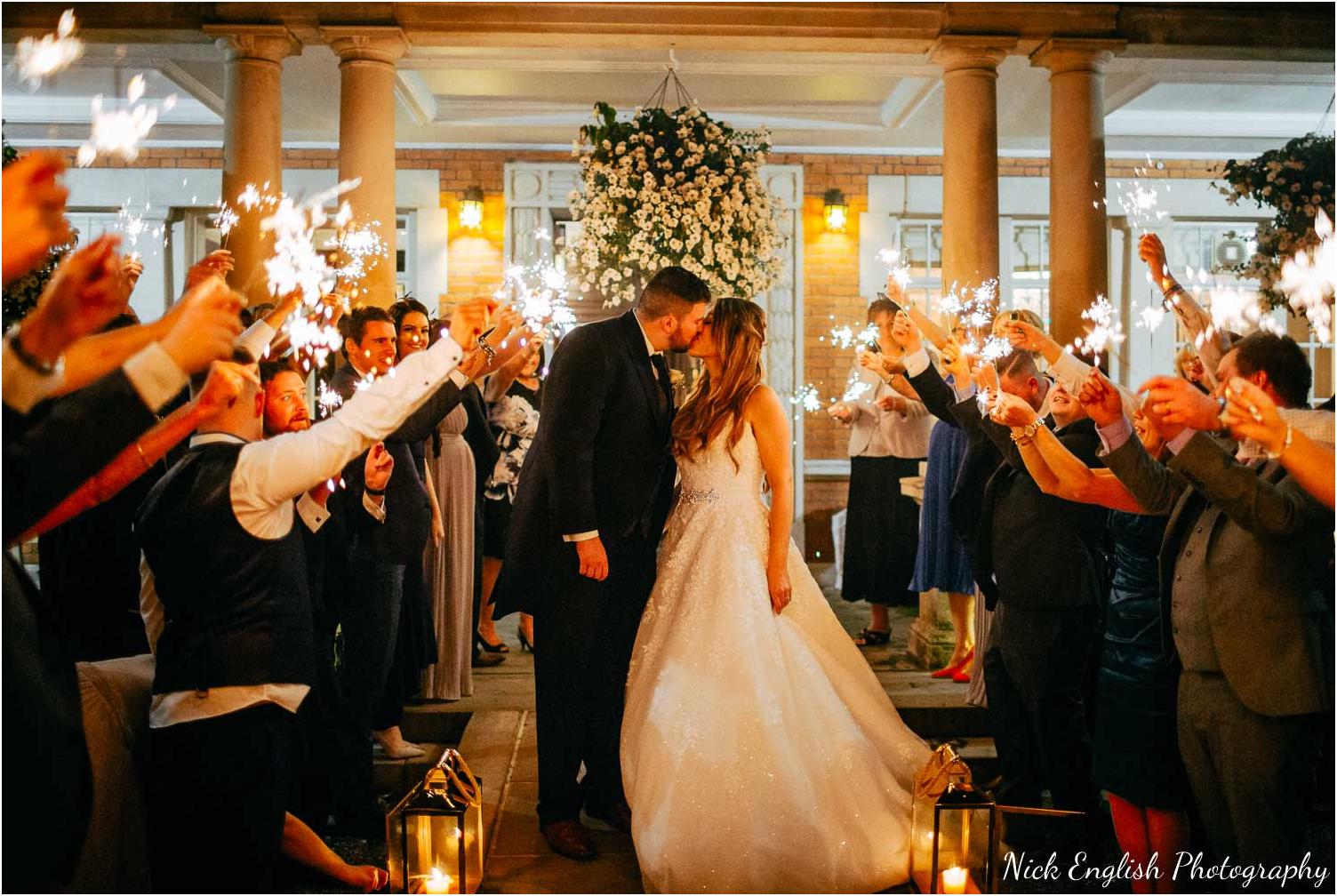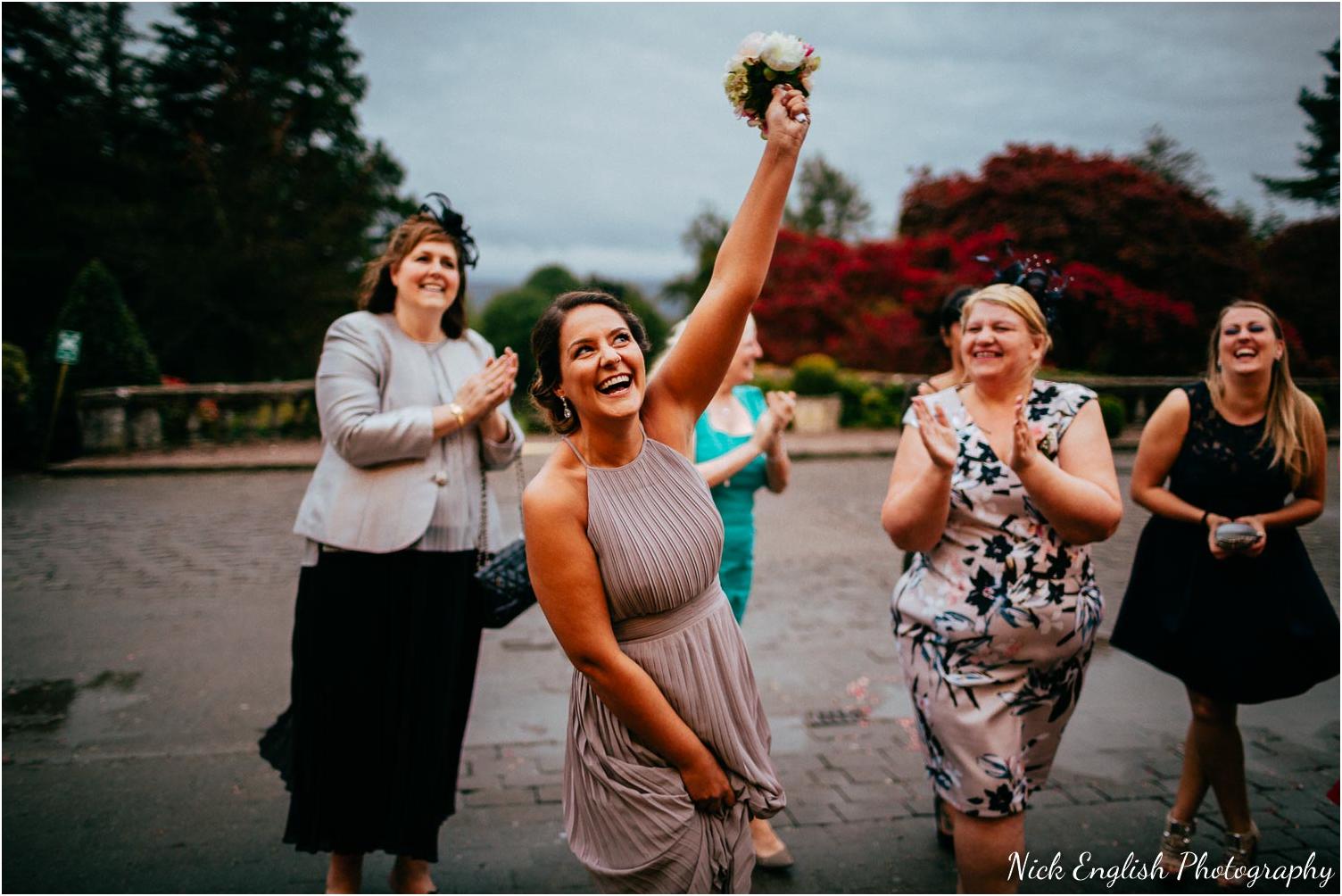Canon EF 35mm f1.4 L USM Lens Review
Canon EF 35mm f1.4 L USM Lens Review
By Wedding Photographer - Nick English Photography
Lancashire / Cheshire / Cumbria Wedding Photographer
I was inspired to write this blog post because of my obsession with my recently purchased Canon 35mm f1.4 L lens – a lens which I didn’t think would influence my photography anywhere near as much as it has actually done.
Previously, over the past 12 months I’ve been shooting with the Canon 35mm f2.0 IS USM lens – which has been my most used lens in 2017. I don’t have a bad thing to say about it. It performed flawlessly in my ownership each and every time I picked it up I just knew it was going to work. The only Achilles heel of the 35mm f2.0 IS lens is the aperture of f2.0 not being particularly exciting to me.
Canon 5D3 + 35L @ f1.4 - Autumn in full flow here, September colours and low setting sun
35mm is quite a wide focal length, and I love the look of a blurred background – bokeh as we call it – the way your eye is drawn to something in sharp focus, and the rest of the image melts away into blur – is something I personally love.
Shooting with Canon 5D camera bodies with a full frame sensor helps to achieve this look – and so does a fast aperture – which is where f2.0 just doesn’t quite cut it for me, despite everything else about this lens being positive. Shots taken at f2.0 just seemed to have loads of depth of field to them! Note - this isn't always a bad thing! Sometimes being able to see the first row of wedding guests during a ceremony sharply is a huge bonus - rather than them being bokeh - but I prefer to be able to selectively control what I want in/out of focus - and hoped that at f2.0 more would be OUT of focus - which isnt the case with the f2.0 IS.
Another interesting thing, which I can't quite get my head around (if anyone can explain this please could you comment and let me know!) - when comparing the Canon 35mm f/2 IS vs the Canon 35L both shot at f2 - the f1.4L still has a lot more bokeh / less depth of field. Same focal length, on a tripod, same subject, same settings etc etc - the 35L has a much shallower DOF than the 35mm f2.0 - even though both are shooting at f2? Weird.
Canon 5D3 + 35L @ f1.6 (only reason this wasn't 1.4 was the 1/8000th shutter speed limit!) full low-September sunlight
I love 35mm, and I love blurry backgrounds – so around September 2017 I decided to get my hands on a Canon 35mm 1.4 L to directly compare against the 35mm f2.0 IS.
Now this isn’t going to be a technical review. I photograph weddings, not test charts – so all of my words here are my own opinion, and nothing but that.
According to Lightroom, I’ve taken over 17,000 photographs with the 35mm f2.0 IS USM, and so far (after 2 weeks of ownership) 4500 with the 35mm f1.4 L across 4 weddings. That over 1000 photos a day with it, so I feel like I am starting to learn this lens, and am able to give some thoughts on it.
Quick differences Canon 35 f1.4 L vs Canon 35mm f2.0 IS USM
*when I write 35mm 2.0 I actually mean the Canon EF 35mm f2.0 IS USM lens - I just can't be bothered to keep typing all that out! I don't mean the old Canon 35mm f2.0 lens which doesnt have IS*
- 35mm f2 IS focuses faster - very very slightly, but it does.
- 35mm f2 is smaller / lighter – but more plastic feeling
- Wide open sharpness is about the same – both are more than sharp enough wide open as long as focus is nailed (more critical on the 1.4 for obvious reasons)
- 35L vignettes LESS than 35mm 2.0
- 35L flares when shot into the sun (sometimes, and when at the right angle)
- 35L colours are better - more saturated and warmer
- 35mm f2 IS contrast is higher wide open
- · Both focus accurately and reliably (unlike the 35mm Sigma ART)
- 35L
- Shooting people, the IS of the 35mm f2 was worthless to me. I don’t miss it on the 35L
- I prefer and will be keeping the 35L
For a more in depth review, continue reading!
Canon 5D3 + 35L @ f1.8
Since putting the 35L onto one of my 5D bodies, I can honestly say that it has spent (a lot) more time ON the camera, than it has off it!!
The 35mm focal length is well regarded in photography as being a do-it-all lens – but with the 35mm f2.0 IS I never really felt like that lens could do it all – it was good at some things, and not so good at others. The 35L on the other hand I believe is the perfect do-it-all lens.
I could quite happily shoot an entire wedding with this one lens – and I honestly don’t think the client would know any different – the lens is that versatile.
When I say an entire wedding, just to confirm what I mean by that… I could (and would) shoot the following bits of a wedding day on the 35L without any hesitation
- Bridal Prep – mainly wider shots / scene setting – some reaction shots (presents / flowers) and details (dress, flowers)
- Bridal Portraits – according to the internet, 35mm isn’t any good for portraits? Rubbish – I shoot nearly all my portraits with 35mm as I can engage with the subject – and get in close. Also – bridal portraits tend to be ½ to ¾ length shots anyway – I guess if you were shooting JUST HEADSHOTS then perhaps 35mm wouldn’t be ideal – but that isn’t my style of photography
- Ceremony – depending on the location and venue, I would normally shoot either 35 or 50mm for the ceremony. Other venues may put some restriction on this (such as a Church I worked at recently where I was about 40ft away from the B&G, therefore used a longer lens)
- Drinks reception – 100% 35mm – get in close and blend in. This is possibly the BEST part of the day for 35mm stuff
- Couple stuff – again, a mixture of 35mm and 50mm, with a heavy bias towards 35mm so I can get up-close and personal with the B&G. I don’t pose people – but I do sometimes direct – and being nice and close with a 35mm lens allows me to do this. Blurring backgrounds and keeping both subjects in focus at 1.4 is also quite easy – whereas with a longer lens (85mm 1.2 for example) getting both subjects sharp and having a very soft background becomes harder
- Groups – all my group shots are done 35mm with the exception being 80 people + group shots where I’d use a 24mm. Again, 35mm lets me get close and engage with them, rather than being miles away.
- Confetti / Sparklers – this is what the 35mm was made for! Again, get in close!!
- Speeches – I normally perch myself at the top table and get reaction shots – so again, 35mm is perfect here.
- Evening reception – same principle as day drink reception – get up close and 35mm it
- First Dance / Cake – depending on the venue – my preference is always to get close, so 35mm or 24mm gets the vote here with a couple of 85mm close ups on my other camera for a mixture.
Canon 5D3 + 35L @ f1.4 - shot in AV mode - very quick grab-shot as we were heading outside - funny how the "inbetween" photos often end up being my favourite shots, rather than the actual planned photo!
Autofocus
One very slight disadvantage to the 35L over the 35mm f2 IS is that the AutoFocus seems to be ever so slightly slower. I am talking fractions of a second – the sort of difference which 99% people wouldn’t notice. I only notice it as I have shot with the f2 for so long that I know it very very well. The 35L is marginally slower at acquiring focus – not yet been an issue for me, but I have noticed when the light level drops the 35L has a tiny bit of hesitation that the 35mm f2 didn’t.
Canon 5D3 + 35L @ f2 - I manually zone focused this as the light level was very low (ISO 6400, 1/125th) and waited for the bride and her father to walk through my focus zone
Sunflare
Anyone who knows my photography will know that I always shoot into the sun – rather than with the sun (ie, sun behind people, not facing people) – backlighting is my favourite and a by-product of this is sometimes sunflare. For some reason, people class sunflare as a negative in reviews – where some lenses are marked down because they have poor flare resistance. In my opinion – this is a positive!! I love nothing more than shooting directly into a low sun and getting lovely colours across the image from the sunflare. The 35L isn’t quite as good as the 50L for this – but its definitely close.
Canon 5D3 + 35L @ f1.4 - sun just out of frame at the top
My tip is to get the sun right on the edge of the frame – “almost” in the picture just so you can see the glow from the sun on the very lip of the frame edge – this will usually result in some lovely flare through the image. Having the sun in-shot also works, but it can also blow out highlights in large areas which I don’t like, so my preference is to always shoot sideways to the sun, but to keep it just out of the frame.
Sharpness
I almost wasn't going to bother discussing this as I really don't care much about sharpness. When my photography interest first began, a lens being sharp seemed the most important thing in the world to me. 15 years later, I honestly think people worry too much about whether an image is pin-sharp or not - if the image makes you smile, makes you feel something, but isn't "so sharp I can count how many hairs you have in your right nostril" - who cares?
That being said, this lens is PLENTY sharp at all apertures. I shoot it mainly between 1.4 (nearly all the time) and f2.0 and I dont have any problems. Lack of sharpness is more likely caused by incorrect focus - either by user or lens error - more likely the former. On my calibrated Canon 5D Mark III's - when I point this lens at a subject, I am almost 100% confident it will focus bang on where I want it to, every time. I shoot most of my portraits at 1.4 to give me as little DOF as possible - whereas I may stop down to 2.8 or so for my group shots, rarely higher than that.
People say that centre sharpness is high on this lens, but edge sharpness isn't. Not on my version - and to be honest, I tend to frame most things fairly central at 35mm - or I try to make sure that my subject is quite central to the frame. With an 85mm lens this would be the opposite, and I prefer to place subjects off to one side or the other - but with 35mm I seem to favour central framing - no idea why, it just seems to be what I do!
But even when off-centre, at 1.4, sharpness doesn't seem any different to my eyes. As long as focus is nailed on the right spot - sharpness hasn't ever been something I've thought about or worried about with this lens.
Canon 5D3 + 35L @ f2.5 - stopped down a bit for the extra DOF needed here
Canon 35L compared to Sigma 35mm f1.4 Art
In my experience, there is no comparison at all. I had 3 different Sigma 35mm f1.4 Arts and there were problems with all of them, and eventually I decided to sell for the Canon f2.0 IS.
When the Sigma hit focus – the image was sharp, but lacked character. No flare, colours were flat. But it was the auto focus system which was the main issue – completely unreliable.
Compared to Canon 35mm f1.4 L Mark II
Based on VERY limited testing and exposure to the Mark II version, I would say the difference isn’t worth the price. Yes the Mark II is sharper – but the Mark I is already more than sharp enough – sharpness is absolutely nothing to even think about with either version of this lens. Bokeh is apparently smoother on the Mark II… but I think you’ll need to shoot test charts to prove this – which is of no interest to me – the bokeh from the Mark I is fantastic. Colour fringing is probably the only thing that would be of some interest to me, as the Mark I does colour fringe a bit in some situations:
Canon 35L Colour Fringing - Chromatic Abberations
- How much of a problem is the 35L Colour Fringing?
· When shooting rear-flash silhouetting the B&G against a flash, there will be a purple fringe around the B&G where the light hits them. No big deal – one click fix in Lightroom and the purple is gone
Canon 5D3 + 35L @ f2.8 - little bit of colour fringing here where the bouquet intersected with the window - fixed in the colour version - but I prefer B&W here anyway :)
· Anything very shiny / metallic against a dark suit. Most noticeable in my experience when the groom is sat down to eat / speeches, and there is a metal candle infront of him – if you shoot from an angle so the bright metal candle holder is against his dark suit jacket – you’ll get some green / purple. This one is harder to spot and correct – but its something I try to keep in mind when working.
· As above, anything shiny / metallic on the flowers (metal pin / badge etc) if you are below f2.2 there will be quite a bit of green / purple on it. Again, not really a big deal – it can be removed if it is a problem, but unless you’re doing macro work with the 35L, its unlikely to become an issue really.
· Environmental portraits at f1.4 where there are trees and branches with no leaves (late autumn / winter / early spring) against a contrasting brighter sky. Purple fringing will happen here. Easy fix – one click in LR and its gone.
Colour fringing CAN be an issue with this lens - but usually it is fixable within Lightroom. Some care needs to be taken to not amplify the issue (described above) and then it becomes much of a lesser issue. However, if you shoot an entire sequence of photos where there is something very bright and shiny against something very dark - expect to be spending a lot of time in Lightroom with the de-fringe tool - something I've done once, but learnt the hard way! It can be fixed, but it could add a lot of time to your workflow if you want to be meticulous with your edits.
Canon 5D + 35L @f5.6 - pin sharp, stopped down for moody sky - off camera flash by Calumet Genesis 400 to camera right through gridded softbox
Canon 35L - Overall
Overall, I am head over heel in love with this lens. I haven't loved a lens this much since I got the 135L - but that is a much more specialist lens.
The Canon 35L is a lens which I could and would love to use every day - to photograph any and everything. It excels in a lot of areas, but is the ultimate do-everything lens - with only a very few minor shortfalls.
I was lucky enough to pick up a very recent copy of this lens, with a date code of "UD*" which basically means it was manufactured in 2014 - which by my reckoning means it is one of the last produced Mark I lenses, just before the Mark II came out.
Canon 5D3 + 35L @ f1.4, 1/400th, ISO 3200 (could have used a lower ISO here, but uncertainty towards what the bride and groom would do (walk slow / walk fast / stop / kiss / laugh etc) made me pick a fast enough re-active shutter speed - therefore higher ISO
Another sparkler shot – Canon 35L, Canon 1Ds Mark II this time (old beast!), 1/320th, f1.4, ISO 3200 (H)
Would I upgrade to the Mark II
At the moment - no. I genuinely don't feel the need to, and I am so so happy with the Mark I, that the benefits dont seem worthwhile to me. If in the future I upgrade to higher resolution cameras (currently using 22.3mp Canon 5D Mark III's and Canon 6Ds) then these higher resoultion sensors may benefit from the increased sharpness of the Mark II lens... but I honestly don't think it would be night and day.
The only other thing which may influence an upgrade to the Mark II in the future would be if the Autofocus is faster. The 35L is already silent, and damn near instant, but there is a minor hesitation at initial lock-on which continues to frustrate me - when I knew the 35mm f2.0 would lock on instantly, the 35L seems to keep me waiting that fraction of a millisecond longer before I see the autofocus square flash to confirm lock-on.
To my eyes, the difference between the 35mm f2.0 IS USM and 35L is night and day. And for that reason, I am over the moon with the upgrade.
One small caveat - for travel, the 35mm f2.0 IS still has a place in my heart - being able to fit it in pretty much anything, and not know it's there is a nice thing to be able to do - with the compromise being depth of field vs the 1.4 L.

